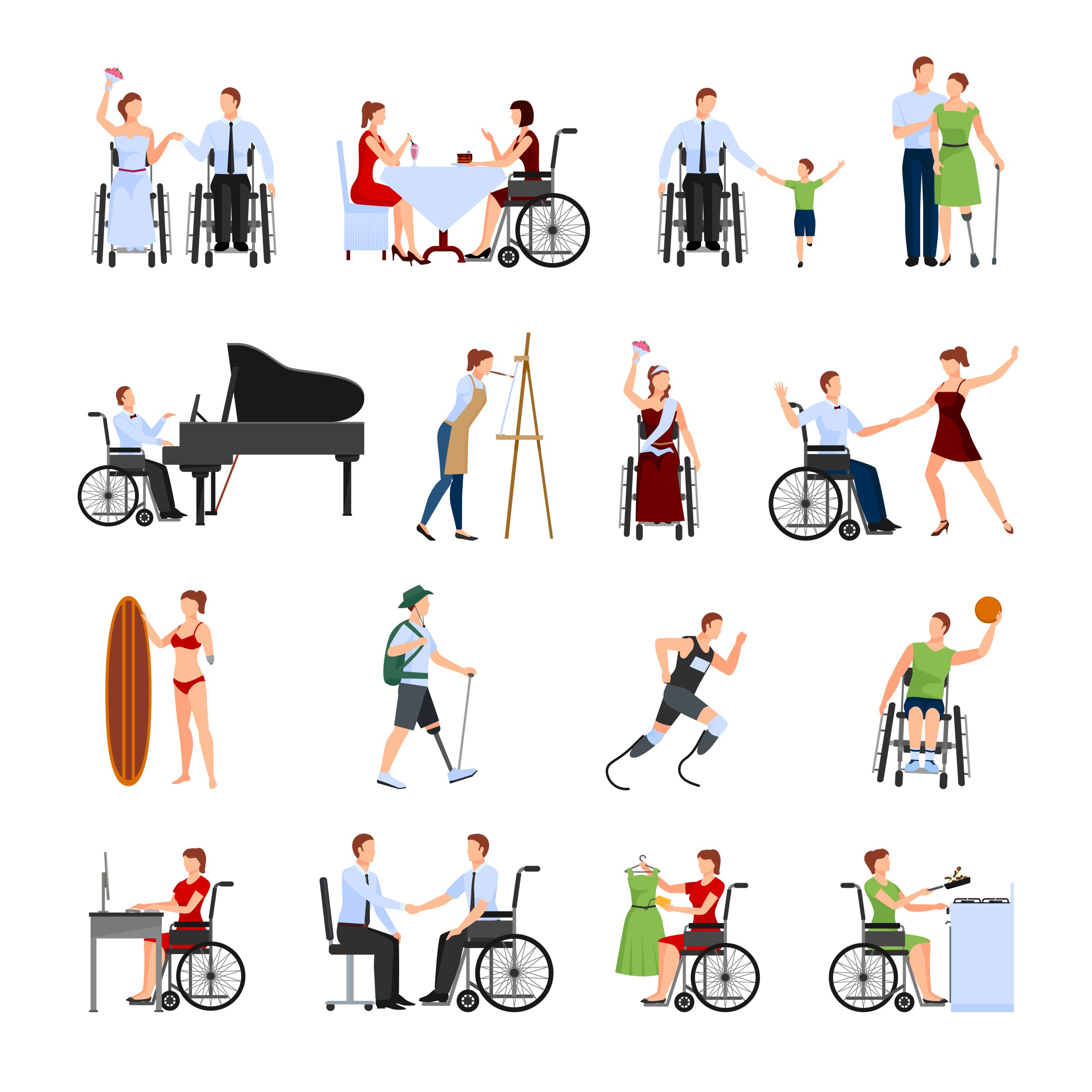
How to choose a wheelchair?
A wheelchair - also called wheelchairor wheelchair - is a technical aid to mobility
personnel intended to facilitate the locomotion or transport of a person in a seated position.
Wheelchairs help to regain mobility by compensating for the inability or difficulty to
reducing or preventing the user's fatigue. Although
in the collective imagination symbolises disability, the wheelchair has been and remains the main
tool for the emancipation of people with motor disabilities.
Today, many sports are accessible to wheelchair users because the market offers models
specially designed for the practice of specific sports disciplines.
To choose the most suitable wheelchair for the user's needs, several factors must be taken into consideration.
The type of chair
Active chair
Active, or self-propelled, wheelchairs are those that provide greater autonomy to the user. Once the person with reduced mobility has mastered the vehicle, he or she can move quickly on his or her own and cross even narrow spaces.
These wheelchairs are often equipped with quick-release wheels and a folding backrest and can be easily stored in the boot of a car.
Passive chair
In contrast, so-called 'passive' chairs are pushed by a third person and are intended for transporting disabled persons who do not have the strength or physical ability to use a self-propelled wheelchair. These vehicles can also be easily folded or dismantled.
Electric wheelchair
Electric wheelchairs offer greater comfortt and impose a less effort to the user. Thanks to technological advances in the field, these chairs today have a very solid structure while remaining lightweight and easily disassembled. Electric wheelchairs can also be equipped with a second battery so as to guarantee a longer range (up to more than 20 km) and their control unit can be positioned, depending on the user's needs, on the right or on the left. An easily accessible on/off switch and a selector switch allow the speed to be adjusted or selected.
Manual wheelchair
Manual wheelchairs can be used by people who still have some mobility in their upper limbs. In certain cases, in order to be sure of purchasing a wheelchair that is suitable for the needs of the person who will be using it, it will benecessary to take the person's measurements and carry out an in-depth study of its needs.
The time of daily use of the chair
People with reduced mobility who spend most of their time in a wheelchair will need to choose a vehicle that is extremely comfortable, equipped, for example, with armrests, headrests, footrests, and whose seat is particularly comfortable thanks to a thick, soft cushion. If, on the other hand, the patient needs a wheelchair for short journeys, such as the home-car journey, these accessories will not be indispensable.
Indoor or outdoor wheelchair and manoeuvrability
Most wheelchairs can be used both outside and inside.
Some, however, are designed for specific uses. This is the case, for example, with the bathroom wheelchairsalso called comfortable chairs, which are used for showers or toilets.
The level of manoeuvrability required will also depend on whether the wheelchair is used - outdoors or indoors: the smaller the front wheels, the more suitable the wheelchair will be for enclosed spaces, where it will be more manoeuvrable; conversely, the larger the front wheels, the better the wheelchair will negotiate obstacles such as doors and pavements and the easier it will move over gravel.
The patient's weight and height
The physical characteristics of the patient will determine the width of the wheelchair seat.
Accessories
The accessories that can be added to wheelchairs are numerous. In addition to armrests, headrests or footrests, there are other options: leg supports, leg supports etc.
